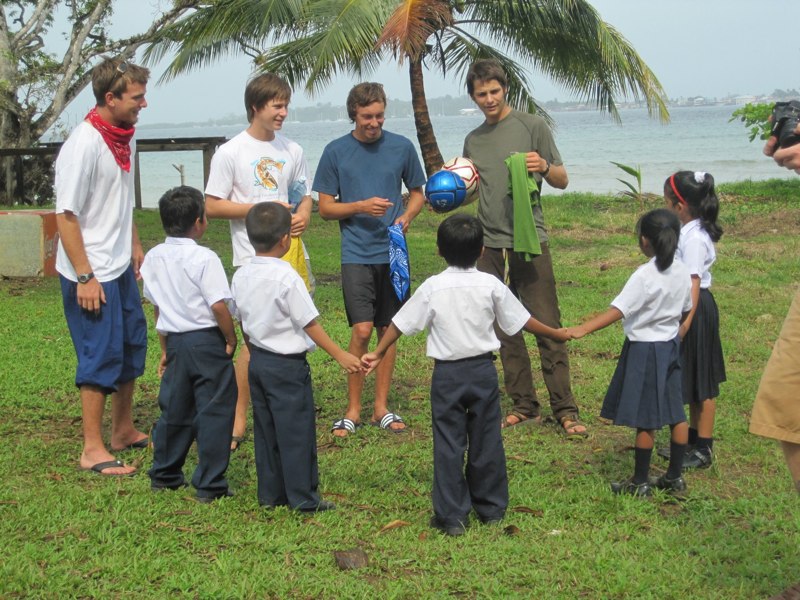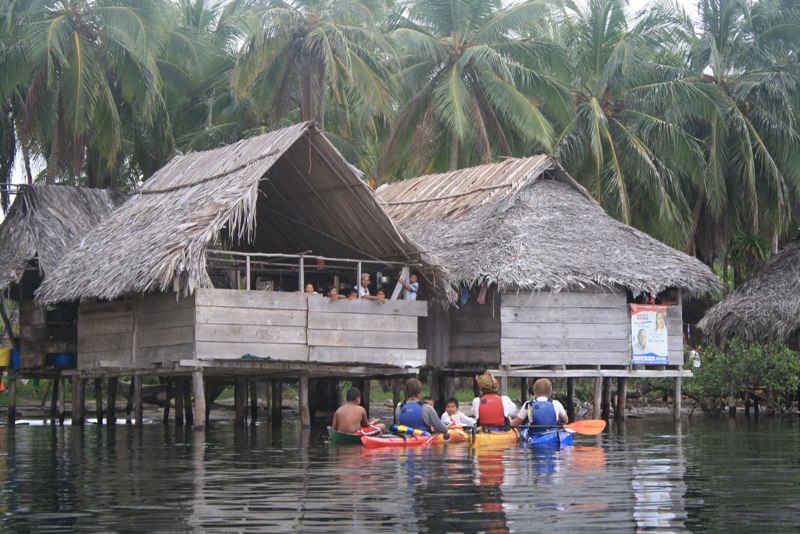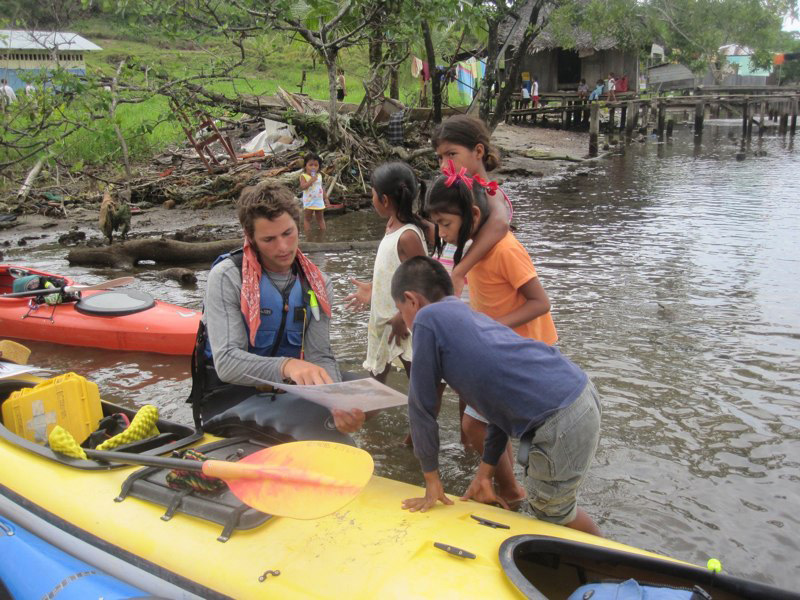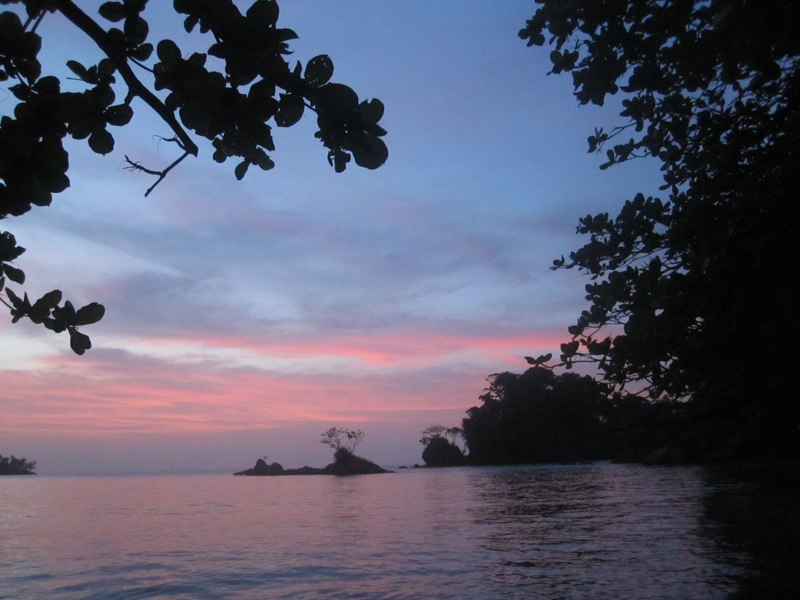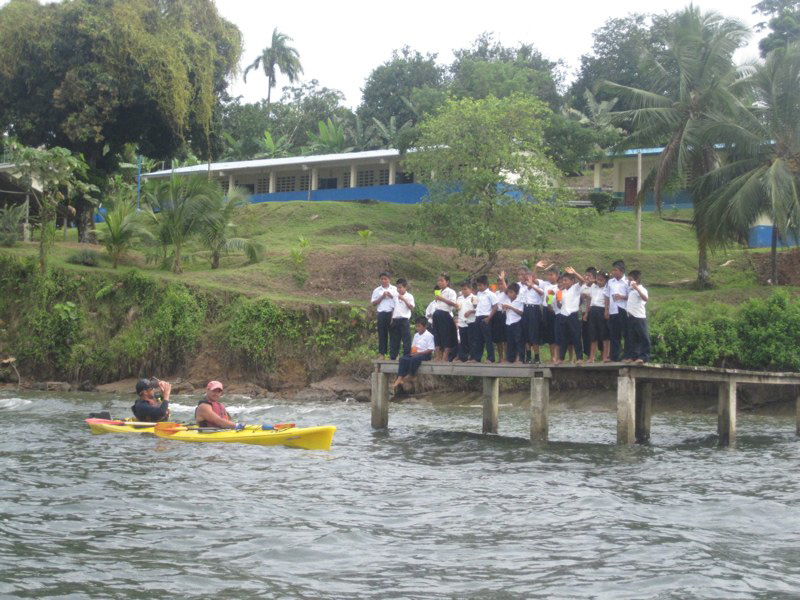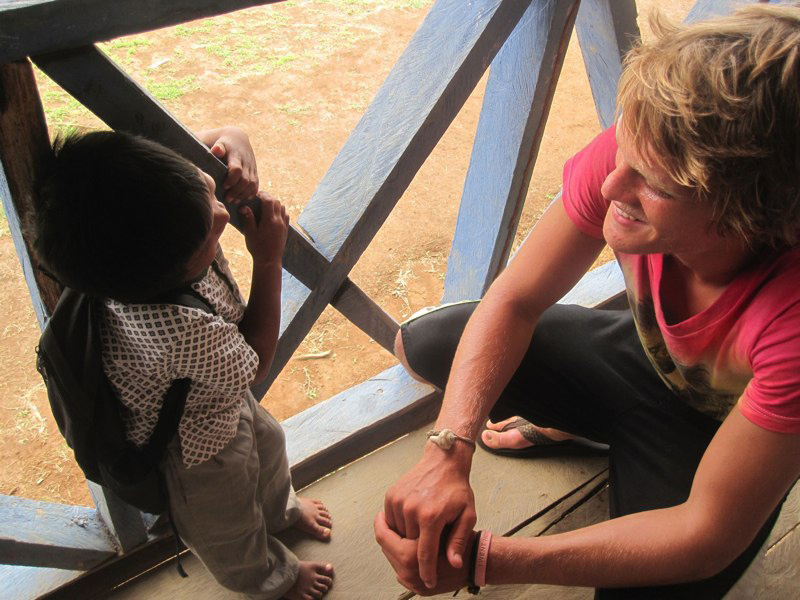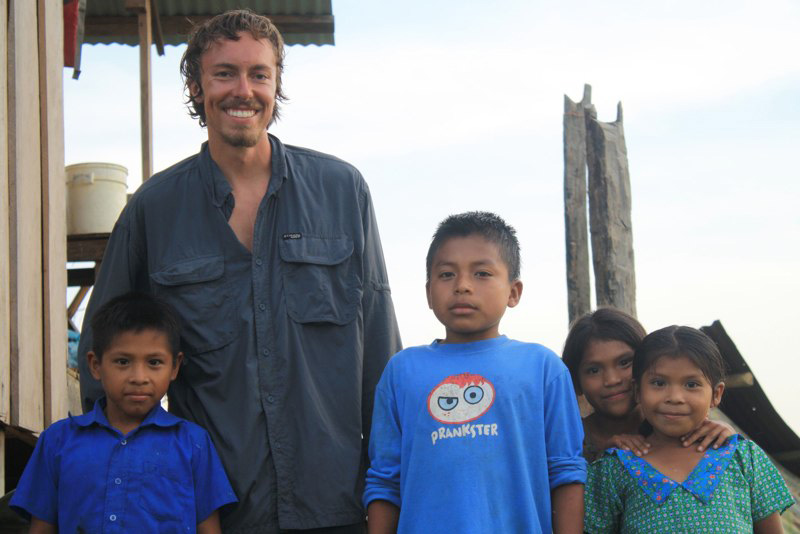
It's hard to believe that a
Costa Rica Outward Bound course is the first time some students have ever
cleaned,
cooked, or led a
group.
But it's true.
Students who come on course have at least one role per day, and these are rotated to different students each day. In some cases, with smaller
groups, a student can take on more than one role. In taking these roles, students improve their leadership skills, personal development, and course comradery. And in addition, it follows the
Outward Bound mission and philosophy.
On the first day, instructors describe these daily responsibilities:
CACIQUE /kah-SEE-kay/
Translation: chief
Responsibility: This is the group leader. A
cacique is responsible for motivating the other students, leading them, and encouraging responsibility in his/her fellow students' roles.
 HANASHITA
HANASHITA /hah-nah-SHE-tah/
Translation: a guide book
Responsibility: This is the journal writer. A
hanashita is responsible for writing the daily journal entry and reading it at the nightly meeting**.
SHAMAN /SHYAH-men/
Translation: medicine man
Responsibility: This is the carrier of the medicine bag. A
xiamen must
always remember to keep the medicine bag with the group all day.
COCINERO /koh-see-NAIR-oh/
Translation: a cook
Responsibility: This is the chef. A
cocinero is not always responsible for cutting and cooking everything, but he/she organizes the meal and gives jobs to others to help prepare the meal.
TRAPO /TRAH-poe/
Translation: a dish towel/rag
Responsibility: This is the "bus boy." A
trapo is responsible for cleaning the food area after a meal. He/She does not clean all of the dishes, however. On course, it is the responsibility of each student to do their own dishes.
PROFESOR /pro-face-OR/
Translation: teacher
Responsibility: This is the Spanish teacher. The
profesor/a teaches a Spanish lesson to the group at the nightly meeting**.
AWA /AH-wah/
Translation: a sage
Responsibility: This is the announcer of the daily quote. An
awa finds a quote in the hanashita book or rehashes one of his/her favorite quotes to the group in the chow circle*.
 AGUA MONO
AGUA MONO /AH-gwah MOE-no/
Translation: water monkey
Responsibility: This is the water "dictator." The
agua mono must be sure that all of his/her fellow coursemates are drinking enough water all day, and he/she keeps the iodine handy for water that needs filtering.
ENTRENADOR /en-train-ah-DOOR/
Translation: trainer
Responsibility: This is the trainer. The
entrenador leads the other students each morning to stretches that help with the activity that day. For example, on a Surf Phase, the entrenador will probably lead his/her group in some yoga balance moves.
COMEDIAN /koh-mee-dee-AHN/
Translation: comedian
Responsibility: This is the teller of jokes. The
comedian can tells jokes all day to keep spirits high, or he/she might just save one joke for the nightly meeting**.
NATURALISTA /nah-too-rah-LEE-stah/
Translation: naturalist
Responsibility: This is the nature teacher. The
naturalista is responsible for remembering one thing he/she learned about nature during the course, then teaching it to the other students at the nightly meeting**.
Students vary on their favorite role, depending on the types of people they are. "This was the first time I had ever been in charge of other people, and it was empowering to be the one encouraging and motivating the other students. It made me want to try to take on a leadership role in something back at home." -Katie, 15
Watch Costa Rica Outward Bound students display their role playing on course in this 2001 episode of Discovery Kids.
*a meeting before dinner when the students say something they appreciate that day and hear a quote from the daily group leader
**nightly meetings consist of an "open space" to discuss issues among the group or praises for individuals, a review of students' "highs" and "lows" of the day, a Spanish lesson, and a journal reading about the day's activities




